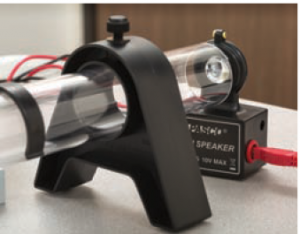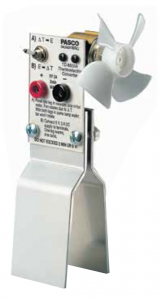Rethinking Science: Five Reasons Why Science Probes Are More Affordable Than Ever Before
Five Reasons Why Science Probes Are More Affordable Than Ever Before
- PASCO’s new range of wireless sensors do not require an interface to connect to a computer. Interfaces have traditionally ranged in price from several hundred to over a thousand dollars!
- PASCO now offers a free SPARKvue app that can be easily downloaded onto iPads, iPhones, Chromebooks and Android devices.
- Wireless sensors and the Sparkvue software require minimal training costs. The sensors are remarkably easy to use and the SPARKvue software is very intuitive. To help you get started AYVA and PASCO provide no charge, toll-free teacher support as well as a library of short instructional ‘How to’ videos.
- A wide range of free activities can be downloaded at no charge from the PASCO website. The growing list of available activities support all subjects and grade levels
- No need to buy designated computers. PASCO’s wireless sensors are also compatible with low cost tablets and Chromebooks (as well as students’ phones). The Sparkvue software provides the same functionality and experience on all platforms!
Did you know that the low cost, single channel wireless Airlink molds to your existing PASport sensors to make them wireless? This means you can enjoy many of the cost saving benefits of wireless sensors with your current inventory of ‘wired’ sensors.
















